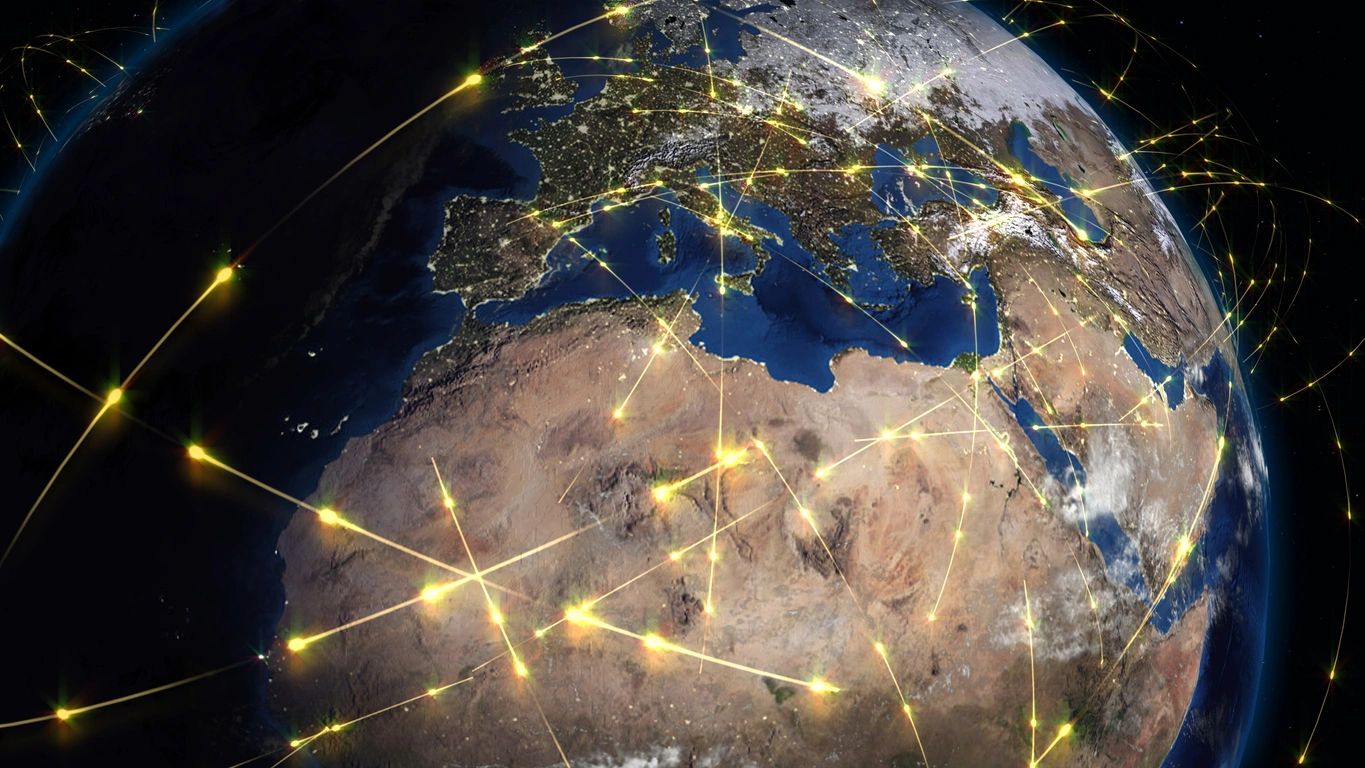Tariffs—taxes imposed on imported goods—are a fundamental tool in international trade. While they might seem straightforward, their implications for economies and consumers are complex. This article breaks down what tariffs are, why nations employ them, and the potential effects of a “reciprocal tariff” policy, particularly in the context of the U.S. economy.
What Are Tariffs?
At its core, a tariff is a tax levied on goods imported into a country. For example, if the U.S. imposes a 10% tariff on imported steel, a foreign steel producer must pay this tax before their product can enter the U.S. market. This additional cost is often passed on to consumers in the form of higher prices.
Why Countries Use Tariffs
Countries use tariffs for a number of reasons. Nations utilize tariffs for various strategic reasons, including:
- Protecting Domestic Industries: Tariffs can shield domestic producers from foreign competition by making imported goods more expensive. This can help nascent or struggling industries survive.
- Generating Revenue: Governments can collect substantial revenue from tariffs, which can be used to fund public services or reduce other taxes.
- Addressing Trade Imbalances: Countries with large trade deficits (importing more than they export) might use tariffs to reduce imports and encourage domestic production.
- National Security: Tariffs can be used to protect industries deemed essential for national security, ensuring a domestic supply of critical goods.
- Retaliation: Tariffs can be used as a retaliatory measure against another country’s unfair trade practices or political actions.
Reciprocal Tariffs: A Closer Look
A “reciprocal tariff” policy essentially means that a country will impose tariffs on another country’s goods at the same rate that the other country imposes on its goods. For example, if Country A imposes a 20% tariff on U.S. goods, the U.S. would respond by imposing a 20% tariff on Country A’s goods.
Potential Impacts of Tariffs on the Economy and Consumers
- Trade Wars: Reciprocal tariffs can escalate into trade wars, where countries repeatedly impose tariffs on each other, leading to significant disruptions in global trade. This can harm businesses and consumers on both sides.
- Increased Consumer Prices: Tariffs raise the cost of imported goods, leading to higher prices for consumers. This can reduce purchasing power and contribute to inflation.
- Reduced Trade Volume: Reciprocal tariffs can reduce the volume of international trade, as businesses find it more expensive to import and export goods. This can stifle economic growth.
- Impact on Supply Chains: Global supply chains can be disrupted as companies struggle to adapt to changing tariffs. This can lead to shortages and delays in the availability of goods.
- Impact on U.S. Economy: Depending on the products targeted, U.S. businesses that rely on imported parts or materials could face higher costs. U.S. exporters could also face higher tariffs in foreign markets, reducing their competitiveness.
- Bilateral negotiations: A reciprocal policy could be used as a strong starting point for bilateral negotiations, in order to get other countries to reduce their tariffs.
- Impacts on Consumer Behavior:
- Negative Impacts:
- Consumers face increased prices, diminishing their purchasing power.
- Product variety decreases, limiting consumer choice.
- Tariffs disproportionately affect lower-income consumers.
- Economic uncertainty caused by trade disputes can lower consumer spending.
- Potential Positive Impacts:
- Demand for domestic goods may increase, potentially boosting domestic industries.
- There is a possibility of increased domestic job creation.
- It is important to note, that these potential positives, often come at the cost of higher consumer prices.
- These impacts on consumer behavior can be seen world wide, and potentially amplified, due to the global nature of modern trade.
- Negative Impacts:
The Trump Era and Trade Policies
During the Trump administration, the U.S. implemented several tariffs, particularly on goods from China, with the stated aim of reducing the trade deficit and protecting American industries. These actions highlighted the potential for tariffs to significantly impact global trade and the U.S. economy. A future Trump administration would likely pursue similar policies, potentially with an increased focus on reciprocal tariffs.
Key Takeaways
- Tariffs are taxes on imported goods, used for various economic and political reasons.
- Reciprocal tariffs can lead to trade wars, increased consumer prices, and reduced trade volume.
- The impact of tariffs on the U.S. economy depends on the specific goods targeted and the reactions of other countries.
- The effects of tariffs are complex and can have unintended consequences.
In Conclusion
Tariffs are a powerful tool in international trade, but their use can have significant consequences. From a consumer standpoint, tariffs present a complex trade-off. While the immediate effects often include increased prices and limited product variety, the long-term goal of protecting domestic industries and potentially creating jobs is a factor to consider. Navigating these economic complexities requires careful consideration of both short-term and long-term impacts on consumer well-being.
FAQ Section:
What are the long-term effects of tariffs on consumers?
Long-term effects can include sustained higher prices, reduced innovation due to less competition, and potential changes in domestic production patterns.
How do reciprocal tariffs affect international trade?
Reciprocal tariffs can lead to trade wars, decreased trade volume, and disruption of global supply chains, impacting the flow of goods between nations.
Do tariffs always increase domestic job creation?
While tariffs can theoretically boost domestic industries and job creation, they can also lead to job losses in sectors that rely on imported goods or exports.
What is the main purpose of tariffs?
The main purpose of tariffs is to protect domestic industries, generate government revenue, or address trade imbalances.
Scale growth with AI! Get my bestselling book, Lean AI, today!





